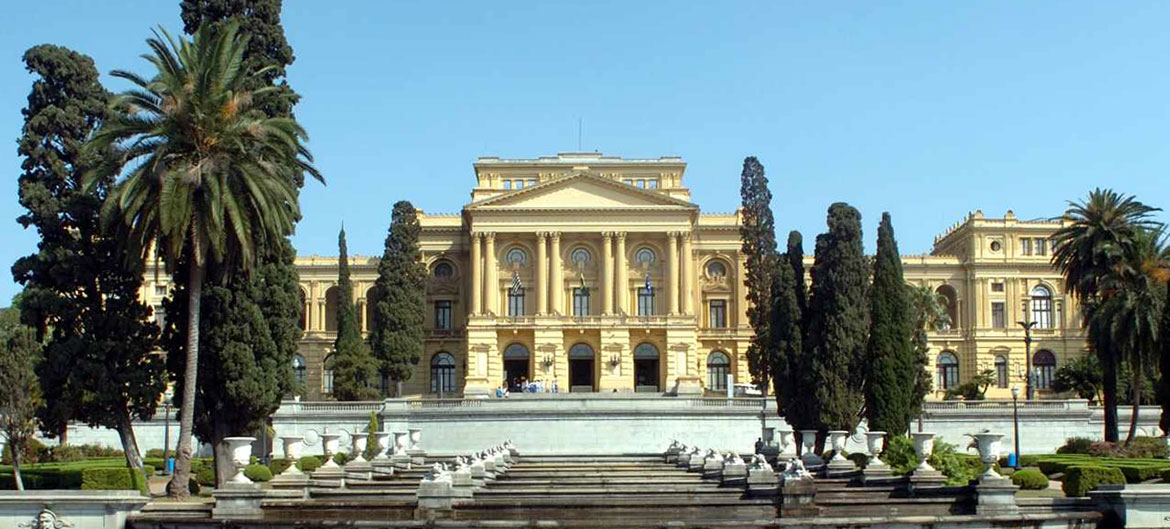University of São Paulo: High profitability is what keeps the fake news digital market
Fake news propagates misinformation on various topics. Their most notable time was during the COVID-19 pandemic, when they spread ineffective treatments, questioned vaccine quality, and belittled the pandemic. However, they are still present in everyday life and intend to continue in society’s daily life.“They are identifying that we need to build a kind of digital governance ecosystem. It’s not just on social media, it’s not just on one platform. It is spreading, different channels are quoting each other. You need to create an ecosystem that combines: state and market actions, which include content moderation, but also civil society actions, built on a balance between freedom of expression and public interest”, explains professor Vitor Blotta, from the Department of Journalism and Publishing at the USP School of Communications and Arts. In order to build a healthy ecosystem in the digital environment, it is also necessary to understand how the structure of platforms where fake news spreads, such as YouTube, works.
Monetization
The term monetization comes from the word money which, translated into Portuguese, means money. Monetizing something corresponds to making money from it. For example, YouTube provides some ways for the content producer, that is, those who produce and publish videos in the application, to monetize publications and thus profit from them.
“One of the ways is direct monetization, you create a kind of partnership: if you are a content producer, you become, for example, a YouTube partner to receive resources if you have a lot of views. Another way is the platform receiving directly for advertising. It has to do with a partnership that YouTube does many times through the program called Google AdSense and tries to direct ads to large audiences. Another modality is the social groups with political interests that finance people for the production of news, in this case fraudulent ones, to be able to disseminate ideologies, so there is also financing by interest groups”, points out Blotta.
Monetization is just a mechanism to earn some income from production, however, in the spread of fake news , the content is extremely relevant.
Contents
High engagement with fake news is a serious problem, since, in addition to producers and disseminators monetizing this information, it becomes much more difficult to control its propagation. Blotta explains how the fake news consumption cycle works : “The algorithms end up working as a kind of bait: another video appears before the first one finishes. They are creating a way, not only on YouTube but on other social media, for you to stay on the platform, keep interacting without leaving and uninterruptedly. The longer people stay on the platform, the greater the possibility of getting advertisers, resources. It’s a model to hook us, keep making us interact like the video one after the other. You don’t even have time to think about it.”
Even with the existence of moderation policies on the YouTube platform, the Unicamp survey, carried out in partnership with the Institute for Globally Distributed Open Research and Education and the University of California, considers them inconsistent. “People create new, different profiles, which sometimes take time to be identified again”, comments the professor.
Part of the continuity of the circulation of fake news can also be related to the profit of the platform itself, as Blotta analyzes: “There is inequality in the treatment of different channels: so, if the channel has a lot of views, they take longer to take down and this is likely to happen. it has to do with the financial return for the platform”.
Discussion
In Brazil, the discussion about fake news control tools is still not widespread, but media education is part of this process. Teaching the population how to read the news and how to identify misleading ones is necessary, however, that alone is not enough, it needs coordinated action with other aspects, such as undermining the profit of producers and the platform, according to the professor. “If we don’t orchestrate this digital governance ecosystem, it will be very difficult to face the disinformation ecosystem”, adds Blotta.

